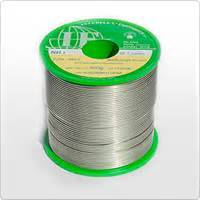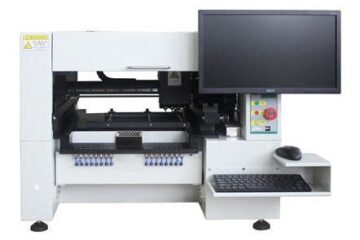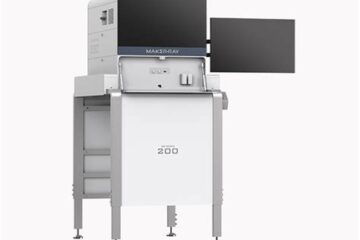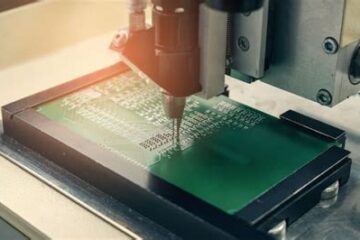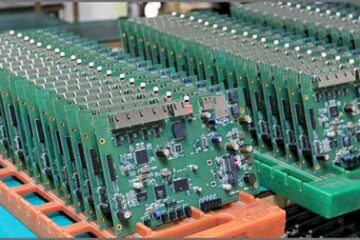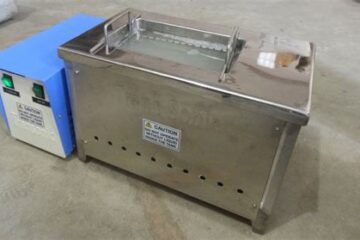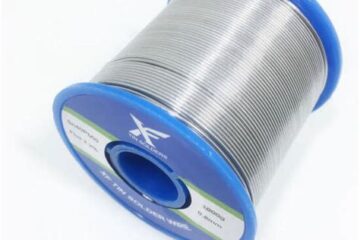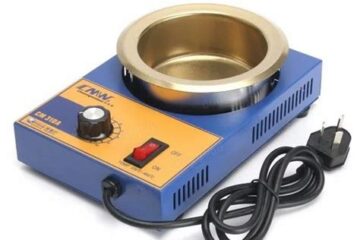PCBA
What are solder bars used for?
What is a Solder Bar? A solder bar is a solid stick or rod of solder material used for joining metals together through a process called soldering. Solder bars are available in various alloys, each with specific melting points, strengths, and applications. The most common solder alloys contain tin, lead, silver, copper, or bismuth in different proportions to achieve desired properties such as melting temperature, strength, and wettability. Solder bars are used in conjunction with Read more…
